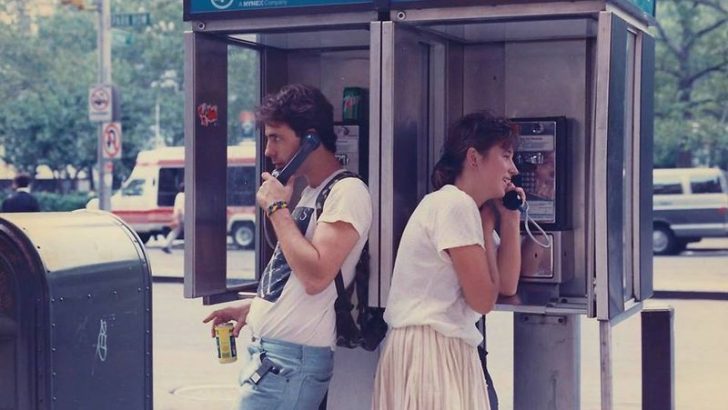Millennials grew up in a unique era that bridged the gap between the analog world and the digital age. This generation witnessed groundbreaking transitions in technology, culture, and societal norms. Here are 11 experiences that defined their childhoods and remain distinct memories that Gen Z will never fully grasp.
1. Dial-Up Internet
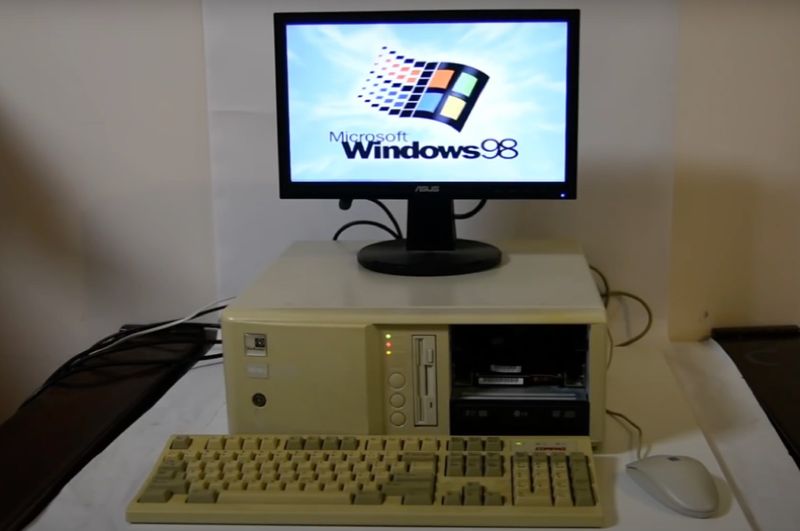
Remember the days when connecting to the internet meant tying up the phone line? The screechy sounds of dial-up were music to a millennial’s ears, a gateway to chat rooms and early social networks.
This was an era when patience was more than a virtue—it was a necessity. Downloading a single song could take an hour, and surfing the web required dedication.
The internet was a frontier, exciting and new, and waiting was part of the adventure. The dial-up tone is a memory that encapsulates the thrill of early connectivity.
2. Saturday Morning Cartoons
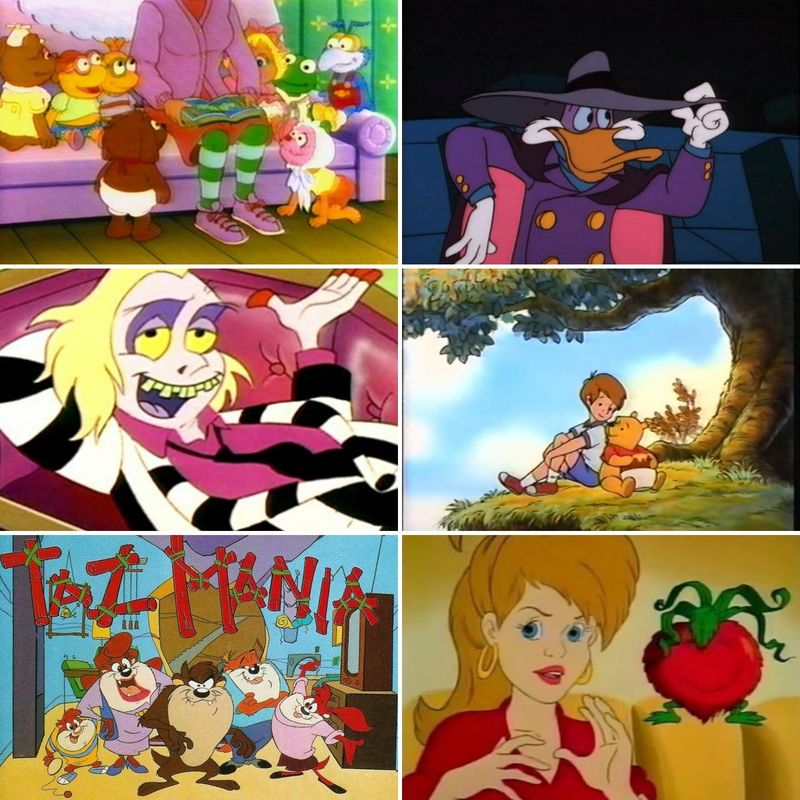
Saturday mornings were sacred for millennials. Hours were spent in front of the TV, eyes glued to colorful animations and whimsical characters.
Shows ranged from superhero adventures to quirky comedies, each leaving a lasting impression on the young audience. It was a time of joy and imagination, with no streaming services to offer endless choices.
The anticipation of waiting a whole week for favorite episodes created a unique excitement. Saturday morning cartoons were more than entertainment; they were a cherished ritual.
3. Blockbuster Video Rentals
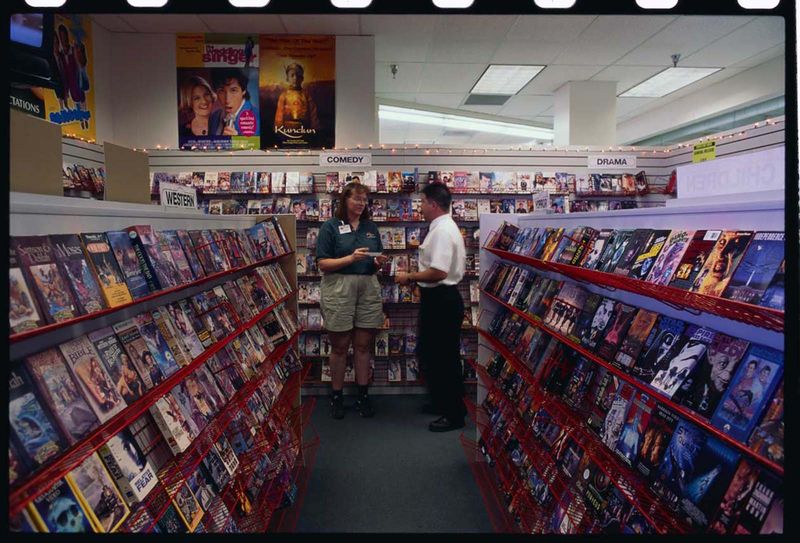
A weekend trip to Blockbuster was an event in itself. Millennials remember walking through aisles filled with VHS tapes, the thrill of choosing the perfect movie for the weekend.
The physical act of renting a video, the smell of popcorn in the air, and the anticipation of a movie night created unforgettable memories.
Blockbuster was more than just a store; it was a cultural landmark where choices felt personal and tangible. It was a shared experience that Gen Z’s digital rentals can’t replicate.
4. Cassette Tapes
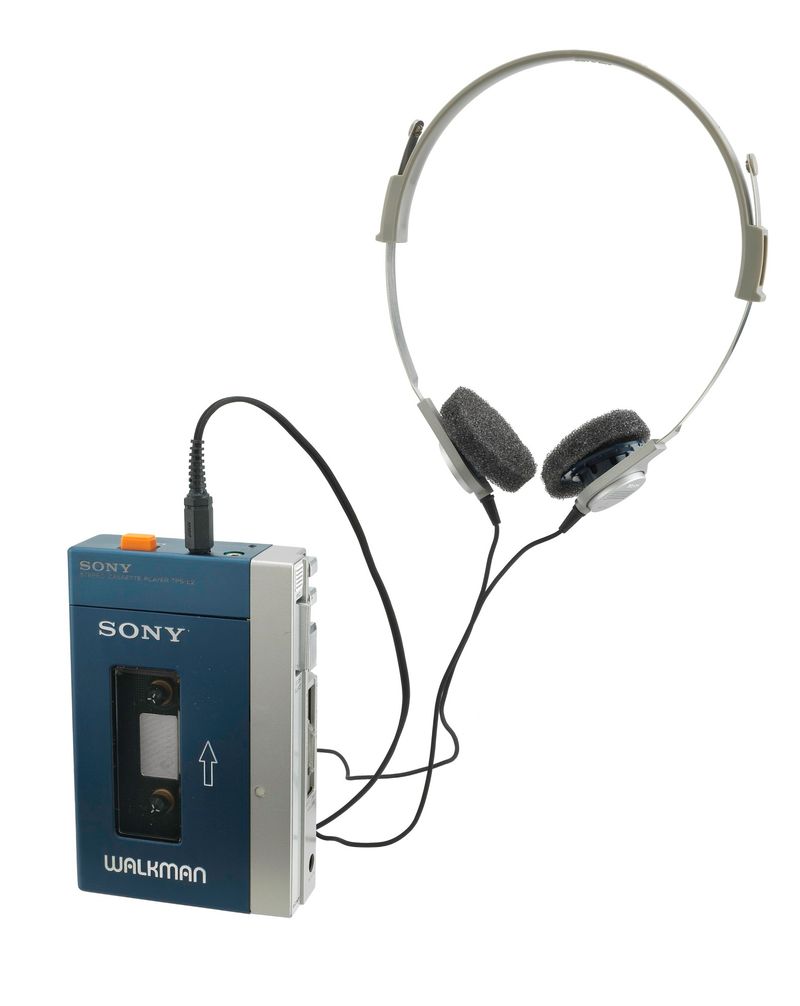
Cassette tapes were the soundtrack of a millennial’s youth. Recording songs from the radio on a blank tape was an art form, requiring perfect timing and patience.
The satisfying click of a Walkman closing and the hiss of a tape starting were part of daily life. Making mixtapes for friends was a personal gesture, a curated collection of feelings and sounds.
Cassette tapes were tactile, with every rewind and fast-forward action creating a sense of connection to the music. These experiences are a far cry from today’s digital playlists.
5. Tamagotchi Pets
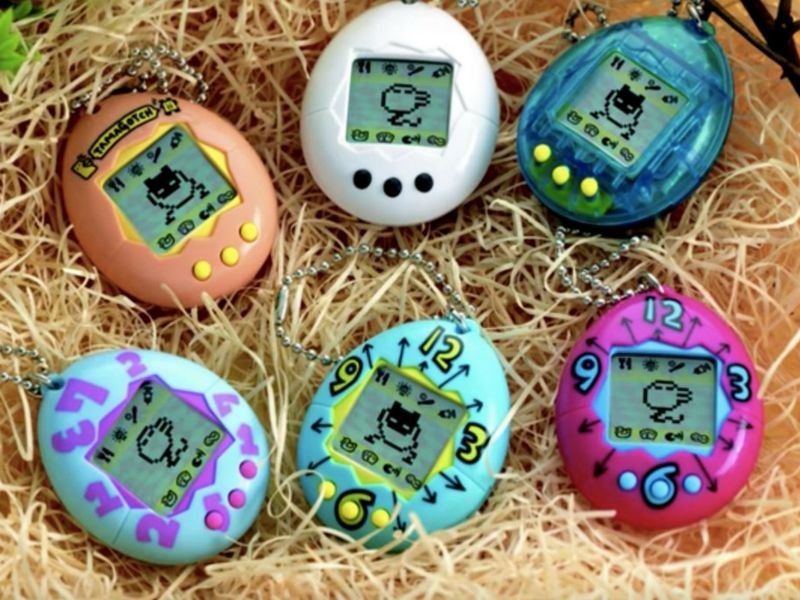
Tamagotchis were more than toys; they were companions. These digital pets needed constant care, feeding, and attention, teaching millennials responsibility in a playful way.
Carrying a Tamagotchi was a badge of honor, and forgetting to feed it was a serious concern. The pixelated screen was a window to a tiny world that depended on its owner.
In a pre-smartphone era, these digital pets were a novel concept, breeding a sense of attachment and care that today’s app-based pets can’t replicate. Tamagotchis were small, demanding, and utterly delightful.
6. Floppy Disks
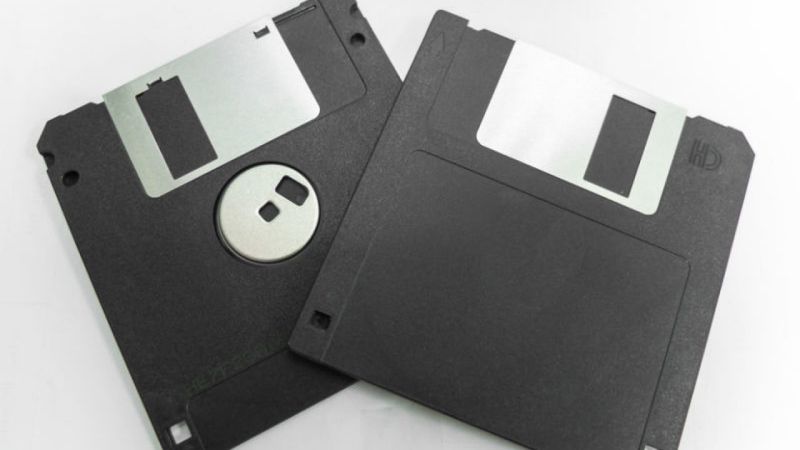
The floppy disk was the ultimate symbol of data storage. Holding a mere 1.44 MB, it was the tool for saving school projects and sharing files.
The tactile experience of inserting a disk and hearing the whir of a drive was uniquely satisfying. Each disk had limited space, teaching millennials to prioritize and manage digital space efficiently.
Floppy disks represented the dawn of personal computing, a world where data was physically held and manually transferred. This hands-on interaction with technology is something Gen Z will never fully appreciate.
7. Polaroid Cameras
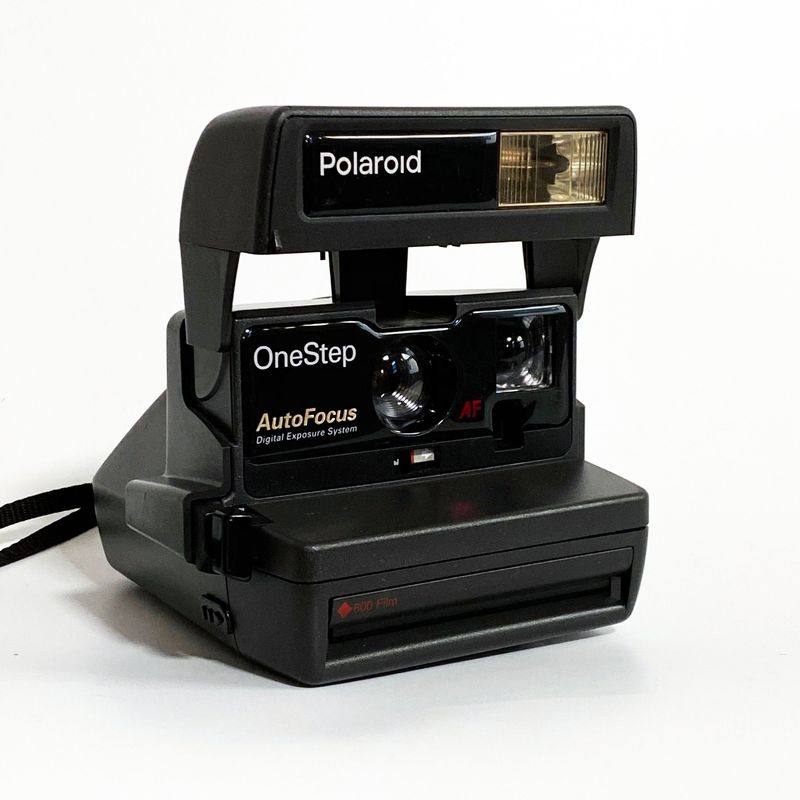
Instant photos meant instant gratification. Polaroid cameras captured moments and printed them in seconds, creating tangible memories.
The whirring sound as a photo developed and watching the image slowly appear was magical. It was a unique blend of photography and spontaneity.
Unlike digital photos that can be easily deleted, Polaroids were physical keepsakes, cherished and displayed. The anticipation and surprise of each shot were part of the fun. This analog form of photography holds a charm that digital cameras lack.
8. Encyclopedias

Long before search engines, encyclopedias were the cornerstone of knowledge. These hefty books were a treasure trove of information, meticulously organized in alphabetical order.
Research meant flipping through pages, cross-referencing editions, and relying on the written word. Owning a full set of encyclopedias was a mark of a well-informed household.
While slow by today’s standards, the process of discovery in encyclopedias was intentional and immersive. The tactile and visual engagement with these volumes is a stark contrast to the quick searches of the digital age.
9. Roller Rinks
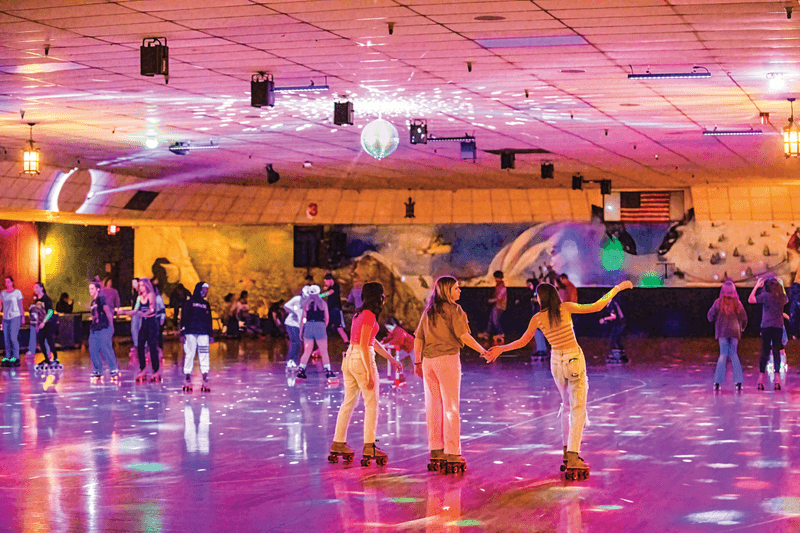
Roller rinks were social hubs where millennials gathered to skate, listen to music, and socialize. The rhythmic sound of skates gliding on polished floors was pure joy.
With disco balls and vibrant lights, these venues offered a slice of freedom and fun, perfect for weekend hangouts. It was a place where friendships blossomed, romances sparked, and dance moves were perfected.
Roller rinks represent a carefree time in life, with an atmosphere that encouraged connection. This unique blend of music and movement created unforgettable memories.
10. Payphones
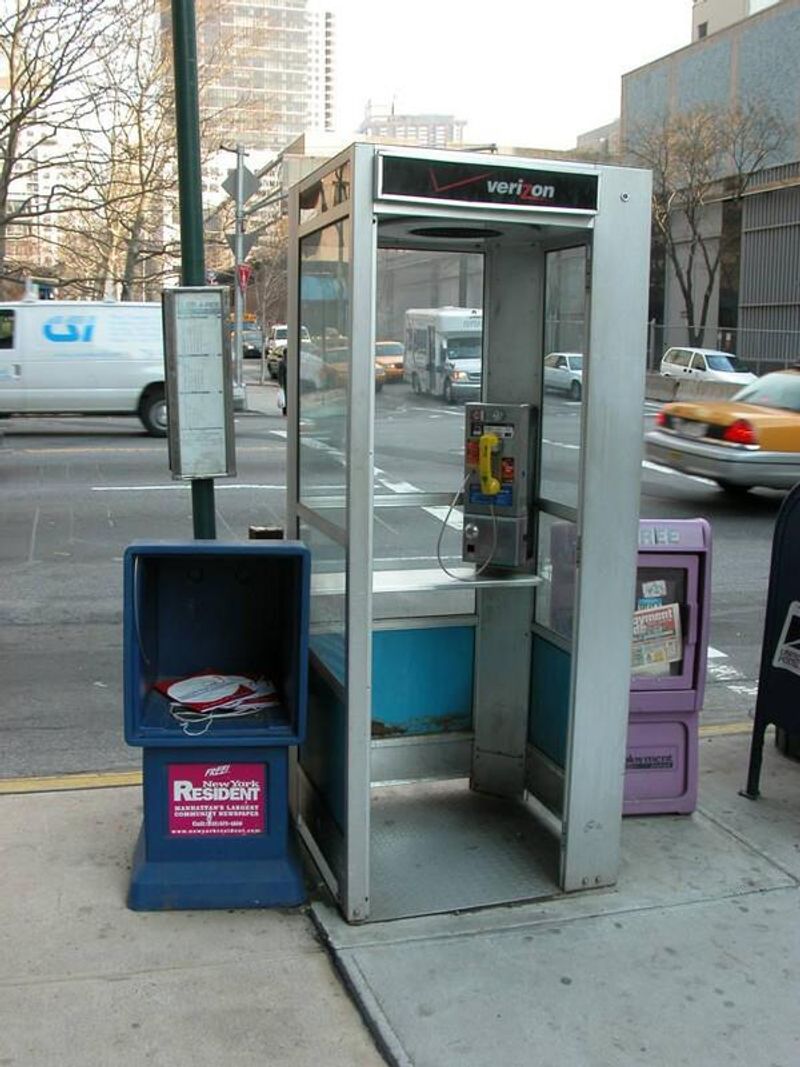
Payphones were once an urban staple, offering a lifeline in a pre-mobile world. Dropping a coin and dialing was a familiar routine.
These booths were often spots for quick calls, sharing plans, or seeking help. They were landmarks and meeting points, woven into the fabric of daily life.
The anticipation of finding a working payphone and the thrill of connecting brought a sense of independence. This relic of communication stands in stark contrast to today’s omnipresent mobile phones, symbolizing a time gone by.
11. Handwritten Letters
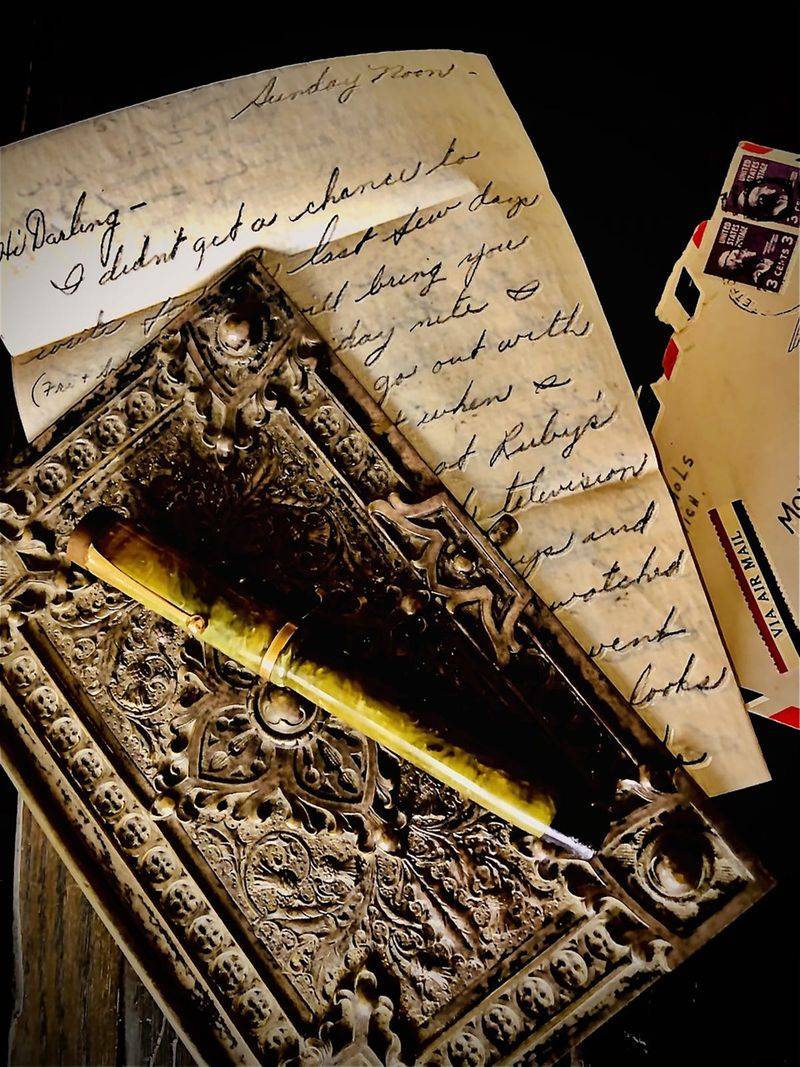
In an era before instant messaging, handwritten letters were deeply personal. Crafting a letter took time and thought, each word carefully chosen.
Receiving a letter in the mail felt special, a tangible connection to the sender. It was a keepsake, often cherished and stored away for future reflection.
This form of communication fostered patience and emotional expression. Letters had a warmth and sincerity that digital messages often lack. Millennials grew up valuing this personal touch, which is increasingly rare in today’s fast-paced world.

